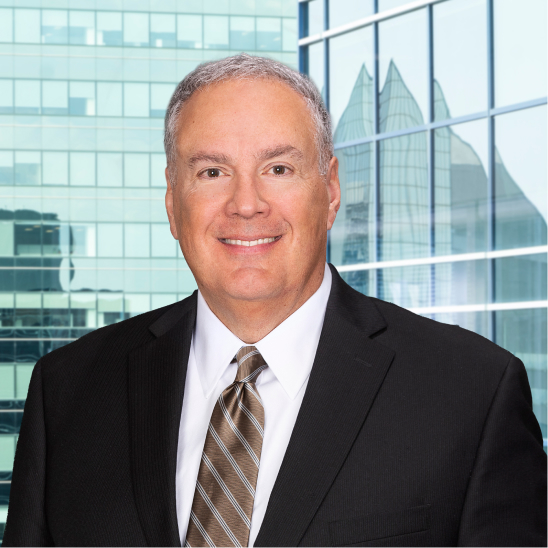Our Legal Services
Estate Litigation & Administration
A will sets out your intentions for what you would like to happen with your estate after you die. You name the beneficiaries of your estate. These often include family members and charities. You can also express your wishes as to whom you would like appointed as the guardian of minor children, although the ultimate decision is made by the court.
For the most part, you can leave your estate to whomever you wish. However, you have to make sure you leave proper maintenance and support for:
- your spouse or adult interdependent partner (often called “common law”)
- minor children
- children between the ages of 18 and 22 who are currently enrolled full-time in post secondary education or training
- adult children who are unable to earn a livelihood due to mental or physical disability
- assessment of estate assets and liabilities
- estate administration and management
- payment of debts and obligations of the estate
- distribution of the estate to beneficiaries
You should also stipulate your wishes regarding:
- what should happen if you are in a persistent vegetative state
- whether or not you want to be kept comfortable and free from pain
- “Do Not Resuscitate” instructions
- organ and tissue donations
In the will, you appoint a personal representative (known to many as an executor). The personal representative should be someone you trust, and someone who can communicate and cooperate with your beneficiaries.
If you die without a will, Alberta law sets out who has priority to apply to be your personal representative.
After you die, the personal representative will obtain a grant of probate from Alberta’s surrogate court (if you die with a will) or a grant of administration (if you die without a wall). This document will allow the personal representative to deal with the estate.
Two other documents come into effect when you are still alive.
A power of attorney appoints an attorney (which is different from a lawyer) to take care of your financial affairs. This can happen when you no longer have capacity. This type of power of attorney is a “springing” power of attorney. You can specify what type of property your attorney will have control over, and for how long. Power of attorney that continues when you have lost capacity is called an “enduring” power of attorney.
A personal directive appoints someone — an agent — to take care of your personal and health care decisions when you have lost capacity.
Our Team
Weir Bowen lawyers have the experience to proceed effectively through all the steps in civil actions.
Whichever lawyer represents you, your case will be supported by the collective knowledge of our entire firm.
Learn MoreINDIGENOUS LAND ACKNOWLEDGEMENT
The lands on which Edmonton sits and the North Saskatchewan River that runs through it have been the sites of natural abundance, ceremony and culture, travel and rest, relationship building, making, and trading for Indigenous peoples since time immemorial. Edmonton is located within Treaty 6 Territory and within the Metis homelands and Metis Nation of Alberta Region 4. We acknowledge this land as the traditional territories of many First Nations such as the Nehiyaw (Cree), Denesuline (Dene), Nakota Sioux (Stoney), Anishinaabe (Saulteaux) and Niitsitapi (Blackfoot).
Weir Bowen acknowledges the many First Nations, Métis and Inuit who have lived in and cared for these lands for generations. We are grateful for the traditional Knowledge Keepers and Elders who are still with us today and those who have gone before us. We make this acknowledgement as an act of reconciliation and gratitude to those whose territory we reside on or are visiting.



